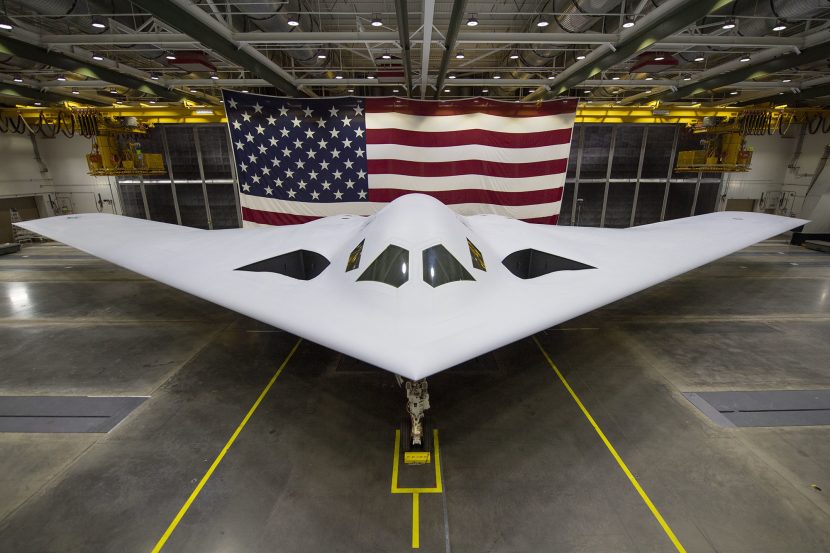The United States is endowed with the most formidable military in the world and an alliance system that is unparalleled. This is an advantage we’ve built over generations. However, we now risk underestimating it as an expanding coalition comprising Russia, China, Iran, and North Korea increasingly tests our military capabilities and global position. From espionage […]


The United States is endowed with the most formidable military in the world and an alliance system that is unparalleled. This is an advantage we’ve built over generations. However, we now risk underestimating it as an expanding coalition comprising Russia, China, Iran, and North Korea increasingly tests our military capabilities and global position.
From espionage balloons over South Carolina to intelligence bases in Cuba, China notably is showcasing its escalating capability to present risks to the U.S. territory.
In light of such dangers, certain members of Congress appear satisfied to accept budget limits that set defense spending levels without considering actual requirements. However, allowing the budget to determine our strategy rather than having strategy dictate our budget will only serve to embolden our enemies and jeopardize our homeland security.
The “moat” concept of national security suggests that the U.S. enjoys significant protection from vast oceans to the east and west, with weak neighbors to the north and south. This may have held true for centuries, but oceans are no longer sufficient against contemporary technological advances. Cyber threats know no bounds, adversaries have satellites surveilling us constantly, and drones are rapidly transforming warfare. While the Chinese balloons invading our airspace in 2023 made headlines, what’s even more alarming are the unidentified drones recently detected flying over critical military and industrial sites in Virginia. These drones, boasting wingspans up to 20 ft., have limited operational ranges, suggesting they were launched by foreign agents or military forces from within our borders. Over 600 such instances have been reported since 2022.
Although China has been deemed a “pacing challenge” by the Pentagon, it more accurately represents a peer military rival. Estimates indicate that Beijing’s overall defense expenditure is now comparable to that of the U.S., corroborated by the Pentagon’s own assessments as well as intelligence findings.
As a consequence, China now boasts the largest navy, coast guard, army, and submarine-launched missile forces globally. Its air force is now recognized as the “largest air force in the Indo-Pacific,” with the CCP claiming more combat aircraft than the U.S. Air Force. China’s “extraordinary” space capabilities are increasingly concerning for the U.S. Space Force, which is struggling to keep pace with the growth in commercial space technology under existing budget limitations. Recent analyses also indicate that within a decade, China will possess as many or more nuclear-armed intercontinental missiles than the U.S. and Russia combined.
As this tremendous expansion of conventional military power unfolds in Asia, the U.S. military is diminishing in both size and capability. Following years of fiscal uncertainty and arbitrary spending restrictions, arms acquisitions and advanced military functionalities have been sacrificed by budget-cutters in Congress and the White House. This has resulted in the U.S. possessing the smallest Army since World War II, a Navy that is half its Cold War size, and an Air Force fleet that is nearing the oldest and smallest in its history.
While Washington imposes arbitrary budget limits that fall short of providing the military with adequate growth above inflation to tackle these escalating global threats, China has persistently poured real growth into its military year after year. Furthermore, China has aimed to “weaponize trade” in the Indo-Pacific to further its military and geopolitical ambitions. The ramifications for the U.S. of relinquishing the Indo-Pacific to China are too grave to even consider, given the intricate network of supply chain dependencies we maintain across the region.
A robust American military is the most effective safeguard for peace and prosperity in a perilous world—a stronghold against nations that undermine the “rules-based” global order. A lack of strength projection abroad and insufficient support for allies may convey a message of vulnerability to Beijing, potentially prompting an attempt to invade Taiwan within the next four years. The optimal approach to avert such a conflict is to prevent it from occurring—we must never allow China to question our strength or determination from the outset.
And even though the U.S. continues to operate the most advanced and powerful military globally, we find ourselves spread thin across the globe. China’s concentrated efforts in the Indo-Pacific imply that it doesn’t need to replicate the overall size and capabilities of the U.S. military to pose a significant threat to American interests and global peace and stability.
The national security consensus, which has largely persisted since World War II, is based on keeping our adversaries at a distance so that the scourge of war does not reach our shores. If we fail to uphold our military superiority at this critical juncture, we increase the likelihood of conflicts erupting globally, ultimately drawing us into them both economically and militarily.
Now is not the moment for frailty and doubt.














